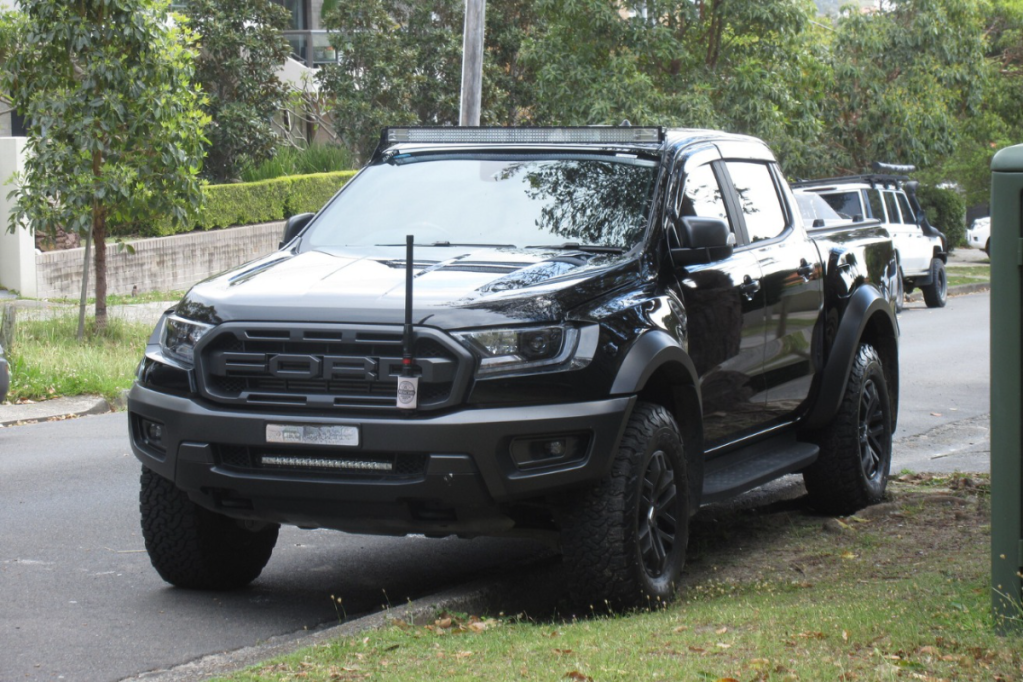Research reveals SUVs are deadliest vehicles on roads
Car buyers have changed their habits in favour of heavy SUVs, but a new study has brought the threat to vulnerable pedestrians and cyclists back into the headlights.

A review of scientific research has found that pedestrians and cyclists are 44 per cent more likely to be killed in a collision with an SUV or light truck, compared to a passenger car.
The outlook is even more dire for children, who are 82 per cent more likely to be killed when struck by the larger vehicles.
The systematic review and meta-analysis pooled and assessed 24 studies, including real-world crash data from 682,509 pedestrian and cyclist collisions that occurred between the late 1980s to 2022.
Professor Stuart Newstead, Director of the Monash University Accident Research Centre (MUARC), who was not involved in the research, said the results are consistent with findings in Australia.
“For fashion and for perceived lifestyle benefits, or whatever else people have gone to these vehicles for, it’s actually creating a safety disbenefit for us as a community, which I think is quite concerning, but particularly pedestrians and cyclists suffer the most,” Newstead said.
“If you imagine a large car or a medium car… it’ll collide with your legs and throw you up onto the bonnet, and the bonnet is nice and long and soft. That is actually the best way to get hit by a car if you’re a pedestrian,” he explained.
This isn’t the case if you get hit by an SUV or ute, which tend to have higher and blunter front ends.
“The geometry on those cars is very unfavourable,” Newstead said.
“It hits you in the upper in the torso, upper thorax, and where all your vital organs are, and you tend to get thrown to the ground and potentially even run over.”
You might like

According to Newstead, these SUV-style vehicles now make up 70 per cent of the car market in Australia.
“SUVs now make up over 50 per cent of all new car sales … and commercial vehicles, particularly commercial Utes, we have a great love of dual-cab Utes, they’re often around 20 per cent of new vehicle sales,” he said.
“We have basically abandoned our traditional large and medium cars that we used to drive 20 years ago.”
Driver dangers
These big, heavy vehicles also pose slightly more risk to other road users compared to a regular passenger car, according to Newstead.
He adds that utes in particular don’t provide any additional protection to passengers than a regular car.
“Across all crash types, even compensating for the fact that you’re 400-500kg heavier than most of the vehicles on the road … it’s not giving you a benefit overall.”
Newstead said something as large as a 4-wheel drive, when you crash into a tree, is an enormous amount of mass to manage.
“They also tip over more easily as well. When you roll a car that is particularly dangerous,” he added.
“They’re not giving that benefit, yet they’re posing much higher injury risk to everyone else on the road.
Rising road toll
Stay informed, daily
In 2024, Australia’s road toll reached 1301 deaths, increasing 3.3 per cent on the year prior. This was the fourth consecutive year of increasing road fatalities, for the first time since the 1960s.
The government has an ambitious target of zero deaths and serious injuries on Australian roads by 2050.
So, how can the impacts of SUVs and light trucks on Australia’s road safety be mitigated?
One option would be to incorporating pedestrian safety into Australia’s vehicle safety standards, as has been done in places such as Europe and Japan.
“We never adopted those standards in Australia for whatever reason, and the Europeans have had them for close to 20 years,” said Newstead, who adds that not incentivising people to buy these vehicles would also be a logical step.
“Particularly for the ute problem, we’re actually almost providing incentives for people to buy them through taxation, through things like instant asset write off, through taxation deductions and no fringe benefits tax on commercial vehicles.”
Several cities and countries around the world have also introduced or are currently considering policies to discourage the use of large vehicles through higher parking charges.
As of March 2025, new vehicle safety regulations came into effect under the Australian Design Rule (ADR), which requires all new vehicles to be fitted with car-to-car Autonomous Emergency Braking (AEB) systems that automatically hit the brakes if a collision is imminent.
“But they don’t prevent all the crashes that you see because they don’t often work well at night, sometimes they don’t work quick enough if someone emerges from between a parked vehicle or something,” Newstead said.
This is where lower vehicle speeds and separation between pedestrians, cyclists and vehicles comes in.
“Once you start hitting people at above 40-50kph it doesn’t matter what you hit them with, it’s going to be quite catastrophic,” Newstead said.
“The design of the vehicle becomes particularly pertinent when you’re also matching the impact speeds with things that are relatively more survivable by pedestrians,” he added.
A recent study found that speed zones of 51–80 kph in Australia are particularly lethal for vulnerable road users such as pedestrians, cyclists and motorcyclists.
“There’s been more focus on 30kph and 40kph speed zones in many cities, but we’re so far behind European cities,” Newstead said.
“In that context, most [well-developed] European cities have blanket… 30kph speed limits, 50kph in the outer urban areas, and you only hit those high speeds when you’re on high-quality motorways,” he said.
“We’ve [come] a long way to putting 40kph zones in, but there’s probably a lot more we can do. School zones are another area we’ve done quite well on, but we’re just so far behind in that conversation in Australia, for whatever reason, and it’s a conversation we need to have!”
This article first appeared in Cosmos Magazine. Read the original here.





